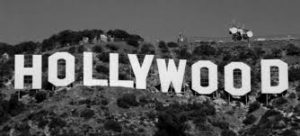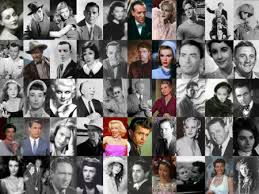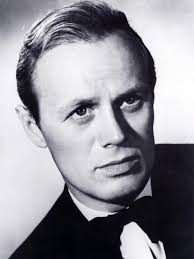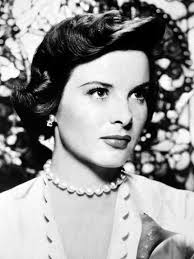Handheld camerawork
Handheld camerawork or handheld shooting is a video production technique described as when the camera is held in the operators hand as compared to a tripod or any other base. Using this technique gives the producer more freedom and moving motion allowing for a more realistic shot, while also being conveniently small sized. Hand-held camera shots often result in a shaky image, unlike the stable image from a tripod-mounted camera. This was a technique used when using handheld camerawork. Shaky cam is often employed to give a film sequence an ad hoc, electronic news-gathering, or documentary film feel.
An early pioneer of the hand held camera style was John Cassavetes. His films in the late 1950’s-60’s are excellent examples of this technique. The work of Cassavetes influenced many directors, genres and essentially started a movement called Dogme 95. This style of filmmaking was labeled as a manifesto and was created by friends Lars Von Trier and Thomas Vinterberg. Written in 1995, the purpose was to contempt filmmakers to break free from the budget Hollywood films that were dominating cinema culture.
Some visual examples would be “28 Days Later”, The shots were so shaky that it made it difficult for some viewers to watch causing a gut deep visceral reaction. The shaky shots put put emphasis on the zombies, making them appear faster and more unpredictable. These shots made the zombies look truly terrifying. If Handheld camera work didn’t exist majority of known movies wouldn’t exist as well. This tactic was revolutionary for the filming industry , and since founded we’ve been building to improve this version creating better films. The destruction of this method would cripple the filming business and movies would never/ have been the same.
“In the 1960s, technology developed to the point at which the size and weight of a motion picture camera, which had formerly been large and cumbersome, was reduced so much that a camera operator could actually carry the camera while filming. These are called hand-held cameras, which create hand-held shots. In any number of ’60s (and later) films, directors used hand-held shots as a convention of realism – the jerkiness of hand-held shots seemed to suggest an unmediated reality, a lack of intervention between camera and subject” (26).
Sivok then provides an example – The Blair Witch Project(1999), in which the entire film depends on the shakiness of the camera work in order to convey that homemade quality, making it documentary-like.
“In fact, of course, a hand-held shot isn’t any more ‘realistic’ than any other kind of shot. It is a stylistic convention – a visual sign that people still read as expressing heightened realism” (27).
Source: Textbook Definition from Ed Sivok’s Film Studies: An Introduction (Film and Culture Series)
https://filmanalysis.coursepress.yale.edu/cinematography/ (Links to an external site.)
https://en.wikipedia.org/wiki/Hand-held_camera

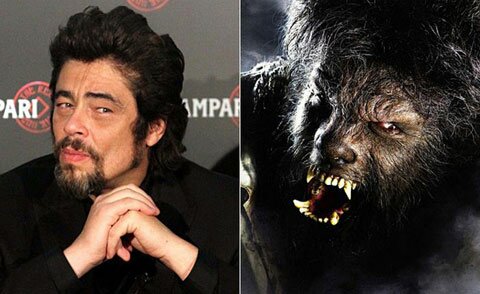





/cdn.vox-cdn.com/uploads/chorus_image/image/55823555/livingdeadcover.0.jpg)
